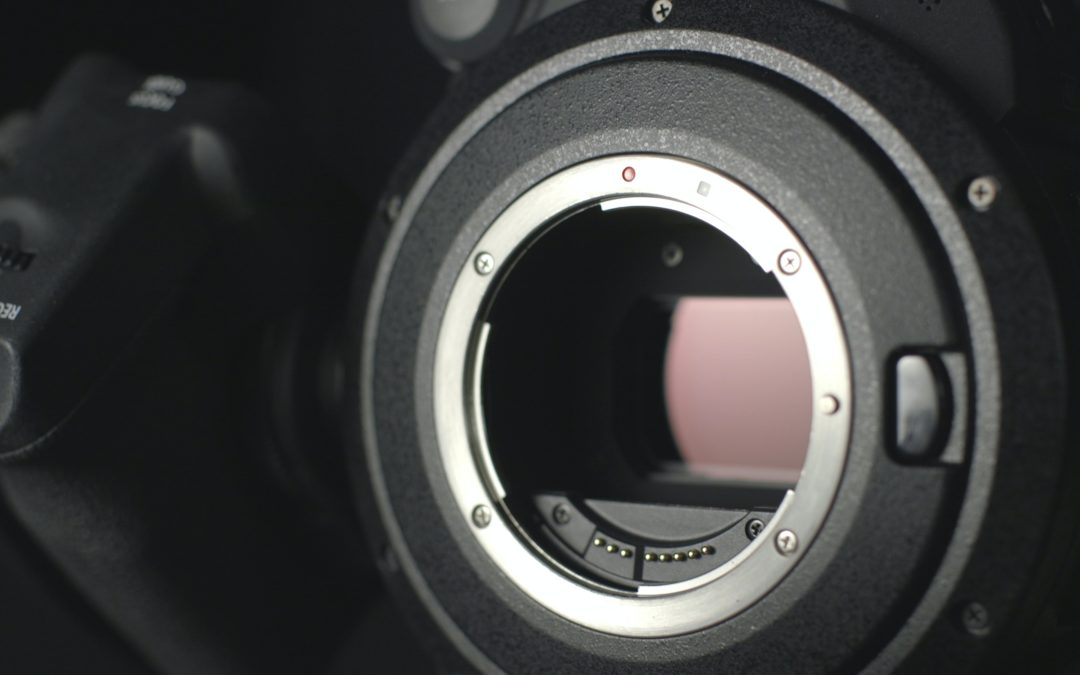
What is CCD?
CCD (Charge-Coupled Device) and CMOS (Complementary Metal-Oxide-Semiconductor) are two distinct types of image sensors used in digital cameras, smartphones, and various imaging devices. While both technologies serve the same purpose of converting light into electrical signals for capturing images, they have significant differences in their working principles, performance, and applications. Here are some of the key differences between CCD and CMOS image sensors: Charge-Coupled Devices (CCDs) represent a breakthrough technology that has profoundly impacted various fields, from photography and astronomy to scientific research and digital imaging. Developed in the late 1960s, CCDs have revolutionized the way we capture, store, and process visual information.
The Working Principle of CCDs:
A Charge-Coupled Device is a semiconductor device designed to detect and convert light into electrical signals, which can be processed and transformed into digital images. The heart of a CCD is an array of photosensitive elements, often referred to as pixels. Each pixel consists of a photosensitive region, typically made of silicon, capable of accumulating and storing electric charge when exposed to light.
The process of converting light into electrical charge begins when photons strike the photosensitive region of the pixel, causing the release of electrons. These freed electrons are then accumulated in potential wells formed within the silicon structure. When the image acquisition process is complete, the accumulated charge is transferred, one row at a time, to an adjacent shift register. This process of charge transfer continues until the electrical signals are read out and processed to generate a digital image.
CMOS: CMOS image sensors, on the other hand, use a different approach. Each pixel in a CMOS sensor has its own individual amplifier, allowing the conversion of photons into electrical charge and the amplification of the signal to happen within each pixel. This parallel readout approach is different from the serial transfer used in CCDs.
Power Consumption:
CCD: CCD sensors tend to consume more power compared to CMOS sensors. This is because of the complex charge transfer process, which requires high-voltage clocks and multiple capacitors for each pixel.
CMOS: CMOS sensors are generally more power-efficient since they employ individual amplifiers at each pixel, reducing the need for high-voltage clocks and lowering power consumption.
Noise Performance:
CCD: CCDs traditionally have lower noise levels due to their design and analog nature of signal processing. This makes CCD sensors well-suited for applications that require high-quality, low-noise imaging, such as professional photography and astronomy.
CMOS: Modern CMOS sensors have made significant advancements in noise reduction and can now offer noise levels comparable to CCDs. However, in certain high-end applications, CCDs may still have a slight advantage in noise performance.
Speed and Frame Rates:
CCD: CCD sensors have historically been preferred for applications that require high image quality and relatively lower frame rates, such as studio photography or scientific imaging.
CMOS: CMOS sensors have improved over time and now offer faster frame rates, making them more suitable for applications like video recording, sports photography, and real-time imaging.
Manufacturing Complexity and Cost:
CCD: The manufacturing process for CCD sensors is more complex and expensive compared to CMOS sensors. This complexity contributes to the higher cost of CCD-based imaging devices.
CMOS: CMOS sensors are less complex to manufacture, making them more cost-effective for mass production. As a result, CMOS-based devices, such as smartphones and consumer digital cameras, are more prevalent and affordable.
Applications of CCDs:
Photography: CCDs have significantly enhanced the quality of photography, replacing traditional film cameras with digital cameras. The ability to capture images digitally offers several advantages, including immediate image preview, easy storage, and post-processing capabilities. Digital cameras with CCD sensors have become ubiquitous in today’s world, empowering individuals to capture and share visual experiences effortlessly.
Astronomy: CCDs have revolutionized the field of astronomy by enabling sensitive and precise image capture of celestial objects. Their high sensitivity and low noise characteristics make CCDs indispensable tools for capturing faint light from distant stars and galaxies. They are extensively used in space telescopes, such as the Hubble Space Telescope, and ground-based observatories, aiding astronomers in their quest to unlock the mysteries of the cosmos.
Scientific Research: CCDs have found extensive applications in scientific research, allowing researchers to visualize and analyze a wide range of phenomena. In fields like biology, microscopy using CCDs enables the study of cellular structures and processes at high resolutions. In physics, CCDs play a vital role in particle detectors, capturing the trajectories of subatomic particles with remarkable precision.
Security and Surveillance: CCD-based cameras are commonly used for security and surveillance purposes. Their ability to provide clear, high-resolution images, even in low-light conditions, makes them ideal for monitoring and safeguarding various environments, from residential areas to high-security facilities.
The Advantages and Limitations of CCDs:
CCDs offer numerous advantages, such as high sensitivity, low noise, and excellent spatial resolution. These qualities make them highly desirable for applications requiring detailed imaging and accurate data acquisition. Additionally, CCDs exhibit high quantum efficiency, meaning they can efficiently convert incoming photons into electrical signals.
However, CCDs are not without limitations. One major drawback is their susceptibility to blooming, a phenomenon in which overexposure of bright light sources can cause charge to spill into adjacent pixels, resulting in streaks and inaccuracies in the image. Moreover, CCDs consume more power than some other imaging technologies, and they can suffer from charge transfer inefficiencies and dark current noise.
Conclusion:
Charge-Coupled Devices have revolutionized the world of imaging and visual data acquisition, becoming an integral part of modern technology in photography, astronomy, scientific research, and security applications. Their ability to accurately capture and convert light into electrical signals has opened up new horizons in various fields of study and everyday life. As imaging technology continues to evolve, CCDs remain a foundational technology, inspiring further advancements in digital imaging and ensuring that the world continues to see through ever-clearer lenses.
